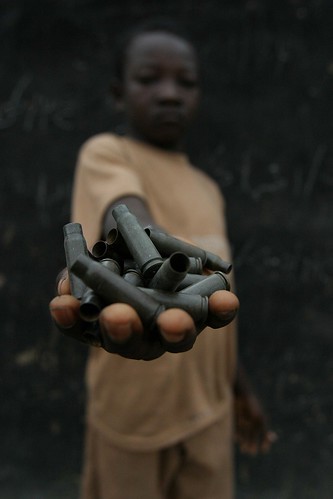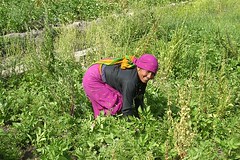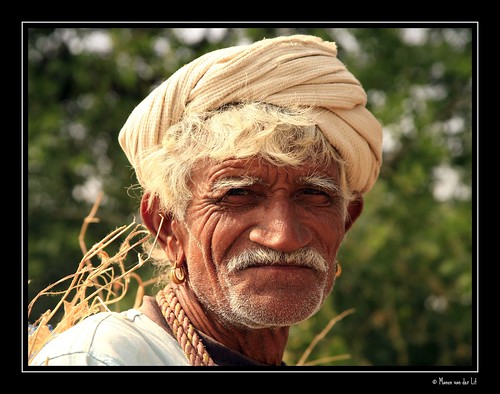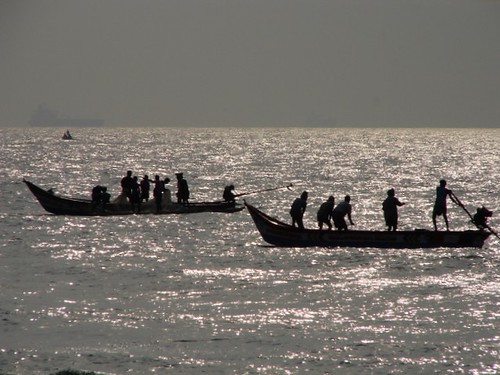Is Right to Information a threat to Right to Life?
 I was born in a free country, a country where I was guaranteed the freedom of speech and expression, where I could question any political agenda and where I could rely on a free and objective media. Unfortunately, there are certain individuals who are aiming to take these rights way from me. No, the constitution is not being amended. But the close nexus between mafia, politicians and corrupt officials is ensuring that anyone who seeks to gather information against them is killed.
I was born in a free country, a country where I was guaranteed the freedom of speech and expression, where I could question any political agenda and where I could rely on a free and objective media. Unfortunately, there are certain individuals who are aiming to take these rights way from me. No, the constitution is not being amended. But the close nexus between mafia, politicians and corrupt officials is ensuring that anyone who seeks to gather information against them is killed.
When the government passed a significant legislation Right to Information Act in year 2005, it assured that the Act would promote transparency and accountability in the working of every public authority. But no one ever imagined that it could become a constant threat to life for those who choose to voicing out their concerns. The objective of the Act was to ensure to “furnish certain information to the citizens who desire to have it.” However it provided no provisions for protection of those who desired to seek this disclosure. A number of public-spirited individuals filed applications under the Act.
The information could have proved vital in exposing a number of political scams in the country. Resultantly, these activists were socially boycotted, harrassed, threatened, tortured, implicated in false cases or killed.
Ones who lost their lives
1. RTI activist Shehla Masood shot dead near her residence on 16 August 2011 in Bhopal.
2. Uttar Pradesh Police Homeguard Mr. Babbu Singh was allegedly killed while he was seeking information regarding government funds in his village.
3. Amit Jethwa who attempted to expose the illegal mining activities in Gir forest was shot dead by two assiliants on motorbike in July 2010.
4. Another RTI activist Shashidhar Mishra was killed for exposing several scams in welfare schemes in Bihar.
According to the Asian Centre of Human rights, there were around eight other RTI activists who have been murdered since 2010.
Police Protection
The RTI Act doesn’t include any provisions for protection. However police protection can be obtained under the provisions of Police Act, IPC and Crpc. Presently, the person who wants to seek protection must submit an application for the same to the police. In case the police fail to provide the same, the aggrieved party may approach the High Court under Section 482 of the Criminal Procedure Code and Article 226 of the Constitution. The court can issue a writ of mandamus directing the police authorities to give protection to the person if it is satisfied that:
1. there is a threat to this person and
2. the authorities have failed to perform their duties
The Public Interest Disclosure and Protection of Persons Making the Disclosures Bill, 2010
Commonly known as the Whistleblower’s Bill seeks to protect persons who file complaints relating to disclosure on any allegation of corruption, willful misuse of power or discretion against any public servant. Clauses Related to Protection of Complainants • Any public servant or any other person including a non-governmental organization may make such a disclosure to the Central or State Vigilance Commission.
• The identity of the complainant must be contained in the complaint. It specifically bars inclusion of anonymous complaints.
• The identity of the complainant shall not be disclosed by the Vigilance Commission except to the head of the department if he deems it necessary. Any person who has disclosed the identity of the complainant either negligently or due to mala fide reasons can be imposed a penality of 3 years and fine upto Rs. 50,000.
• Unlike other countries such as US, UK, and Canada the bill does not define victimisation. There is no penalty against the public servant who victimizes the complainant. Moreover the bill has no provision stating the burden of proof lies on which party on issues relating to victimization.
• The Vigilance Commission may give directions to a concerned public servant or authority to protect a complainant or witness either on an application by the complainant or suo moto.
• If the Commission is satisfied that the complainant needs protection it shall issue directions to the concerned government authorities for the same.
Conclusion
The police have been hesitant in providing protection to these activists. Unfortunately our police is influenced and controlled by money and political power. Shockingly, there have been instances where police officers have deliberately harassed or framed false charges against RTI activists. As stated above, if the police fail to take any action the recourse is through the court but even the protection provided under CRPC has a very limited scope.
Moreover, the RTI application form requires the applicant to provide their permanent address, photo identification and father/spouse names .The availability of these details makes the applicant susceptible to attacks. An amendment should be made in the RTI act itself to provide protection to applicants. The Whistleblower Bill doesn’t entirely protect the interests of the activists either. The bill bars all complaints against police and armed forces. To seek ‘disclosure’ the complainant is required to demonstrate loss to the government or gain to the public servant as a result of the act in question. The bill should specifically deal with private whistleblowers i.e. the RTI activists.
The civil society should take up the matter on a large scale. The parliament has been reluctant to address the issue. The public authorities should be asked to make pro-active disclosures. Cases relating to the death of RTI activists should be heard in fast track courts.
The murders of RTI activists shake my faith in the notion of democracy. If the situation continues we would soon be governed by those who possess gun power.
Read more



 Introduction
Introduction 
 We received a comment from Mr Osuri Devendra Phanikar, a social activist from Andra Pradesh. To ensure maximum visibility and effective discussion on the critical issue, we are publishing his comment as a post.
We received a comment from Mr Osuri Devendra Phanikar, a social activist from Andra Pradesh. To ensure maximum visibility and effective discussion on the critical issue, we are publishing his comment as a post.

